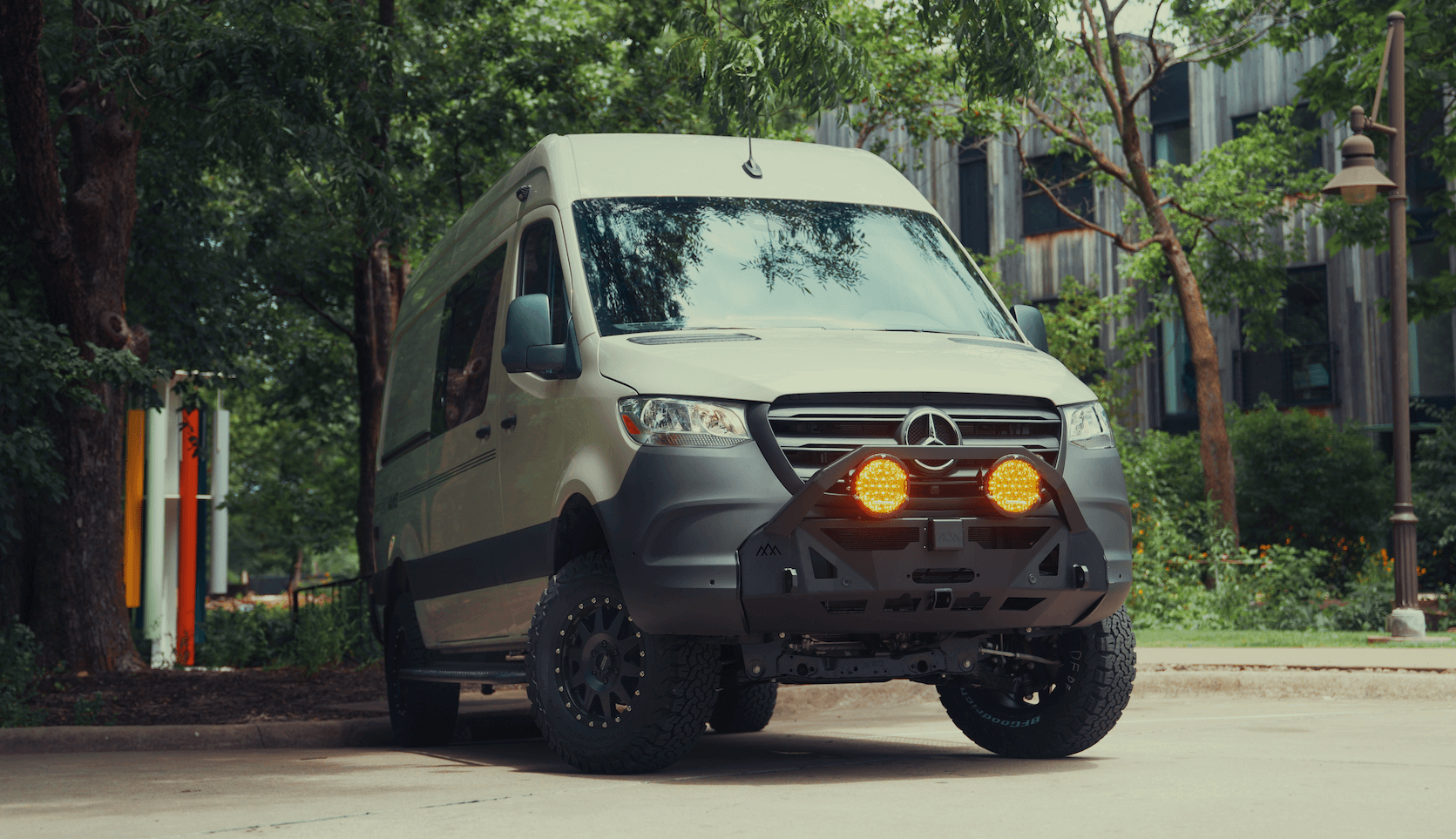Recreational Vans

A portable power station is a self contained energy system that stores electricity in a rechargeable battery and delivers it through AC outlets, DC ports, and USB. Inside you will find a battery pack, a battery management system, a pure sine inverter to create household style power, and charge controllers that accept different inputs. Unlike a generator, it runs silently with no fumes and can be recharged from a wall outlet, a vehicle socket, or solar panels. Capacity is measured in watt hours, while output is measured in watts through the inverter and in amps or watts on DC ports.
Most units use either lithium iron phosphate or lithium nickel manganese cobalt. Lithium iron phosphate offers long cycle life, thermal stability, and consistent performance over thousands of cycles, which suits daily use and long trips. Nickel manganese cobalt can be lighter for the same energy but typically has fewer cycles. If you plan heavy off grid use, cycle life and safety favor lithium iron phosphate. For occasional weekend use, weight and cost may steer you to other chemistries.
Capacity in watt hours tells you how much energy is stored. Roughly, run time in hours equals usable watt hours times inverter efficiency, divided by the load in watts. A 100 watt fridge on a 1000 watt hour pack with 85 percent efficiency can run for about 8.5 hours before recharge. Consider continuous inverter rating and surge capacity for motors that draw extra at startup. On DC ports, efficiency is higher, so running a 12 volt fridge from the DC output extends runtime compared to AC.
Common inputs include AC wall charging, vehicle DC charging, and solar through an MPPT controller. Solar adds freedom in the field; size panels by dividing daily watt hours used by expected sun hours. Vehicle charging can top off while you drive, but check current limits to avoid blown fuses. Some systems accept high rate charging that can recover most capacity in about an hour at a campsite or base.
Start by listing devices and their watt draw or amp draw. Convert milliamps to watt hours when needed using watt hours equals volts times amp hours. Add expected usage hours per day to estimate daily energy use, then add a buffer for inefficiency and cloudy weather. In cold climates, add extra margin since capacity drops at low temperature.
Look for a battery management system with over current, over voltage, short circuit, and thermal protections. Charging below freezing can harm many lithium batteries; some units include low temp charge cutoffs or internal heating. Ventilation keeps inverters cool. Enclosures should be secured in a vehicle with strain relief on cables. For wet environments, pick higher ingress protection and keep electronics off the floor.
In a van, you may charge from the alternator while driving. Direct cigarette lighter charging is slow; a dedicated DC DC charger is more effective for large packs and protects both the alternator and the battery. Solar on the roof with a proper controller provides steady top up while parked. Consider pass through power if you need to run loads while the unit charges, and verify pure sine output for sensitive electronics.
Treat your portable power station like a small fuel tank that rewards planning. Monitor consumption, recharge before deep depletion, and keep firmware updated where applicable. Store around half charge if you will not use it for several months. Keep contacts clean, avoid crushing cables, and coil solar leads neatly to prevent damage.
Useful items include a compact folding solar panel, an Anderson or XT style cable kit, a weather resistant case, and a power meter for auditing loads. Mounting brackets prevent sliding in vehicles. A small 12 volt distribution block helps tidy multiple DC accessories without stacking adapters in a single port.
One of the advantages of a battery system is silent operation. Be mindful of bright inverter screens at night and tuck the unit away from shared spaces. Charge during daylight when solar is strongest and avoid tripping hazards by routing cords along edges. Good cable management keeps camp friendly and safe.
When you are ready to bring silent power into a purpose built adventure rig, a professional integration removes guesswork. OZK Customs designs vehicle power systems that align inverter size, battery capacity, charge speed, and solar potential with real trip patterns. Our team builds secure mounts, clean wiring, and dependable charging paths that behave predictably on rough roads and in changing weather.
Looking for a complete build with integrated energy, climate, and storage systems? Explore our Recreational vans. Want a tailored layout with pro electrical work end to end? See the Custom build van. Prefer a finance friendly platform with smart upgrades? View Mainstream vans.
Ready to spec the right power for your trips? Share your must run gear, preferred charging methods, and travel plans, and we will build a quiet, fast charging system that just works from trailhead to highway.
Ready to power your adventures without guesswork? Tell us how you travel and what you need to run. OZK Customs will design and install a right sized power system that charges fast, runs quiet, and integrates cleanly with your van. Request your build consult now.
ADDRESS:
6159 E Huntsville Rd, Fayetteville, AR 72701
PHONE:
(479) 326-9200
EMAIL:
info@ozkvans.com